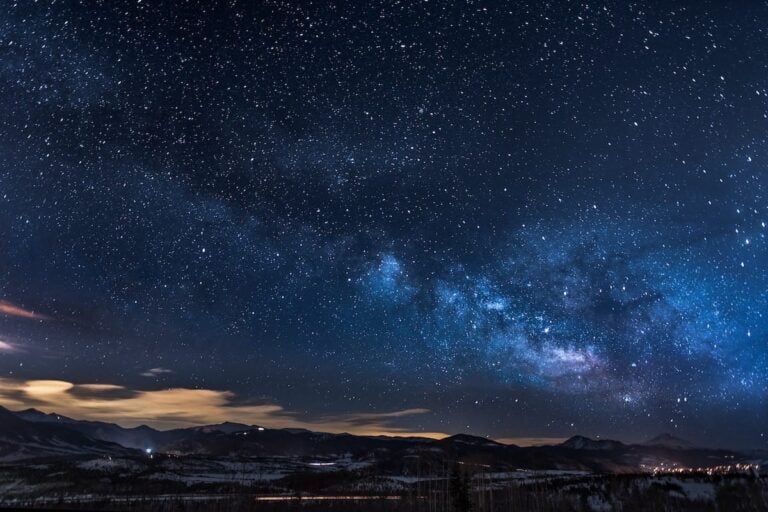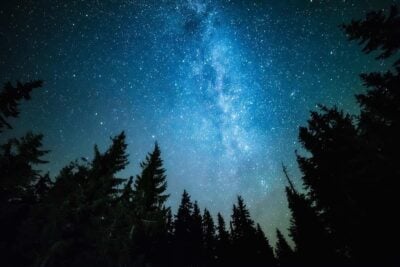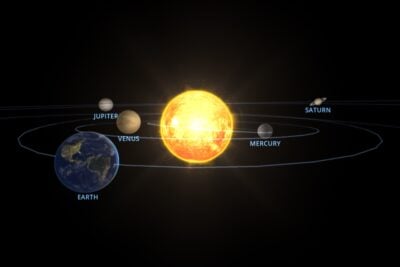The Milky Way, a vast and sprawling galaxy home to our Solar system, offers one of the most breathtaking sights in the night sky.
This shimmering river of stars, stretching across the vast canvas of the night sky, is a sight our ancestors were intimately familiar with. Yet, in today’s age of bright city lights and sprawling urban areas, many in the UK have never seen the galaxy in all its splendour.
Fortunately, dark sky locations still exist nationwide, and the Milky Way can be viewed in full glory. To see the Milky Way in the UK, choose a place away from light pollution, and time your observation for a night when the Moon is not brightly illuminating the sky.
This guide is dedicated to those seeking these pristine skies, detailing the factors that impact visibility and spotlighting the best locations in the UK for a clear view.
 Photo by Nathan Anderson on Unsplash
Photo by Nathan Anderson on Unsplash
The Milky Way in the night sky
The Milky Way is arguably the most prominent celestial object that one can observe in the night sky: it spans the entirety of the sky because we are inside it. However, light pollution from urban areas often obscures its brilliance and details.
Regrettably, despite its nightly presence in the sky, very few people truly experience the mesmerising sight of this river of stars and dust.
 Photo by eberhard 🖐 grossgasteiger on Unsplash
Photo by eberhard 🖐 grossgasteiger on Unsplash
Light pollution affects our view of the Milky Way
Light pollution makes it hard for us to see the Milky Way. Light pollution introduces excessive or misdirected artificial light into the atmosphere, which outshines these faint stars, rendering them invisible to the naked eye.
Too much artificial light from streetlights and buildings brightens the night sky, hiding many of the galaxy’s fainter stars. This added brightness, often called “skyglow”, reduces the clearness and detail of the Milky Way’s star patterns and dusty areas. This scattered light diminishes the contrast between the Milky Way and the background sky.
As a result, the Milky Way is entirely invisible from most locations in the UK, even though it is above our heads every night. Light pollution makes us blind to the wonders of the Universe that inspired generations before us.
If you want to see the Milky Way with your own eyes, it is highly recommended to venture to more remote locations, away from bright lights. Explore our light pollution map below, or see our page on light pollution for more details.
The darkest skies in the UK
While the increase in light pollution across many parts of the UK poses challenges for stargazing, it’s heartening to note that the country still boasts several pristine dark spots. Often protected or designated for their exceptional night skies, these areas stand as a testament to the nation’s commitment to preserving its celestial heritage.
Despite the encroachment of urban brightness, sanctuaries in the UK remain where the wonders of the Milky Way can be fully appreciated.
Moonlight challenges
When planning a stargazing session to observe the Milky Way, it’s essential to factor in the Moon’s phase and position in the sky. The Moon, in its full and gibbous phases, emits a bright glow that can significantly light up the night sky, making the fainter stars and details of the Milky Way challenging to discern. It’s like viewing a delicate painting with a bright flashlight shining nearby.
For the best chances of witnessing the galaxy in all its splendour, aim for nights around the new moon phase when the Moon is absent from the night sky. If that’s impossible, try to schedule your observation when the Moon has set or before it rises. Utilising this moon phase calendar, our dark sky calendar or stargazing apps can be invaluable in this endeavour, ensuring you get the most out of your celestial viewing experience.
When is the best time to see the Milky Way?
The Milky Way is best viewed when the densest part, near the Galactic Center where most stars are found, is highest in the sky. In the Northern Hemisphere this is from late Spring to early Autumn (roughly April to September). The darker nights in Autumn months away from the evening twilight of Summer offer the best display.
 Photo by Yong Chuan Tan on Unsplash
Photo by Yong Chuan Tan on Unsplash
Summary
Seeing the Milky Way with your eyes is much more accessible than you may think; you only need to find a dark site. Look up local light pollution, the phase of the Moon, and the time of year.
With minimal light interference and the right conditions, the majestic sweep of our galaxy can be yours to behold. It’s a humbling and awe-inspiring experience that everyone should have at least once in their lifetime.
Clear skies!
With thanks to Tom Urbain from StarLust for writing this excellent article.







